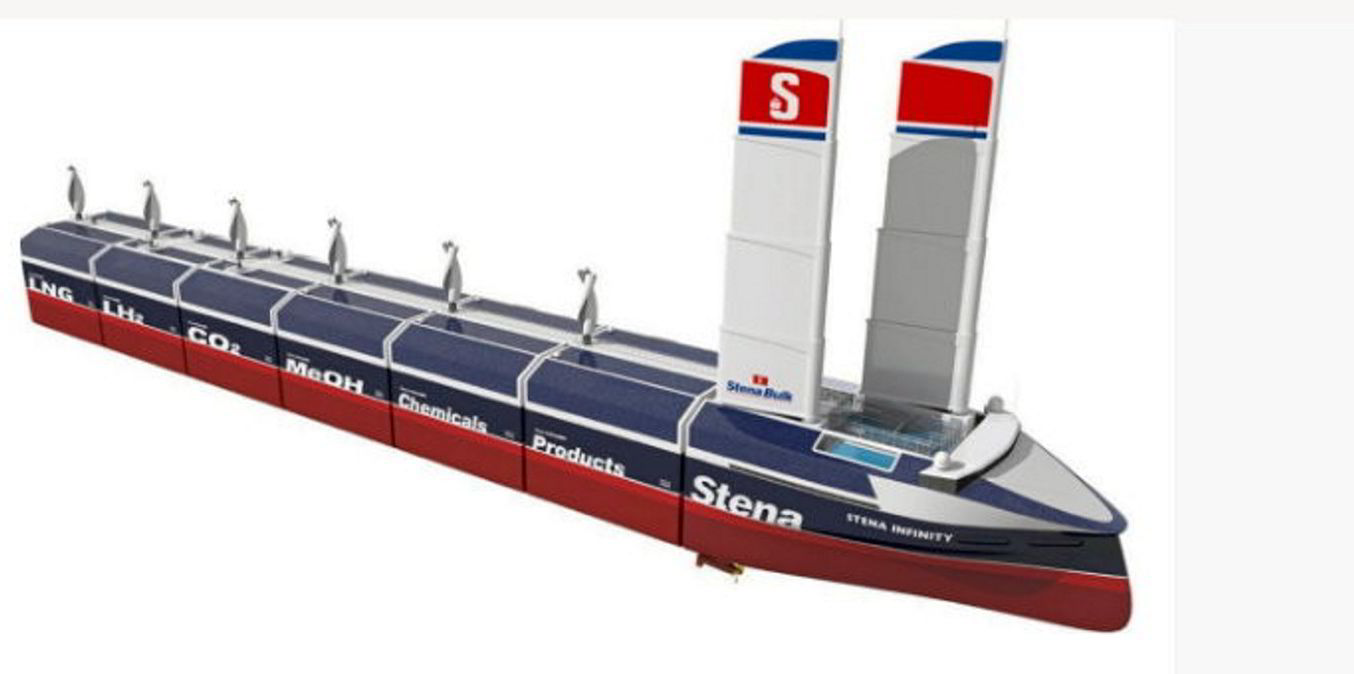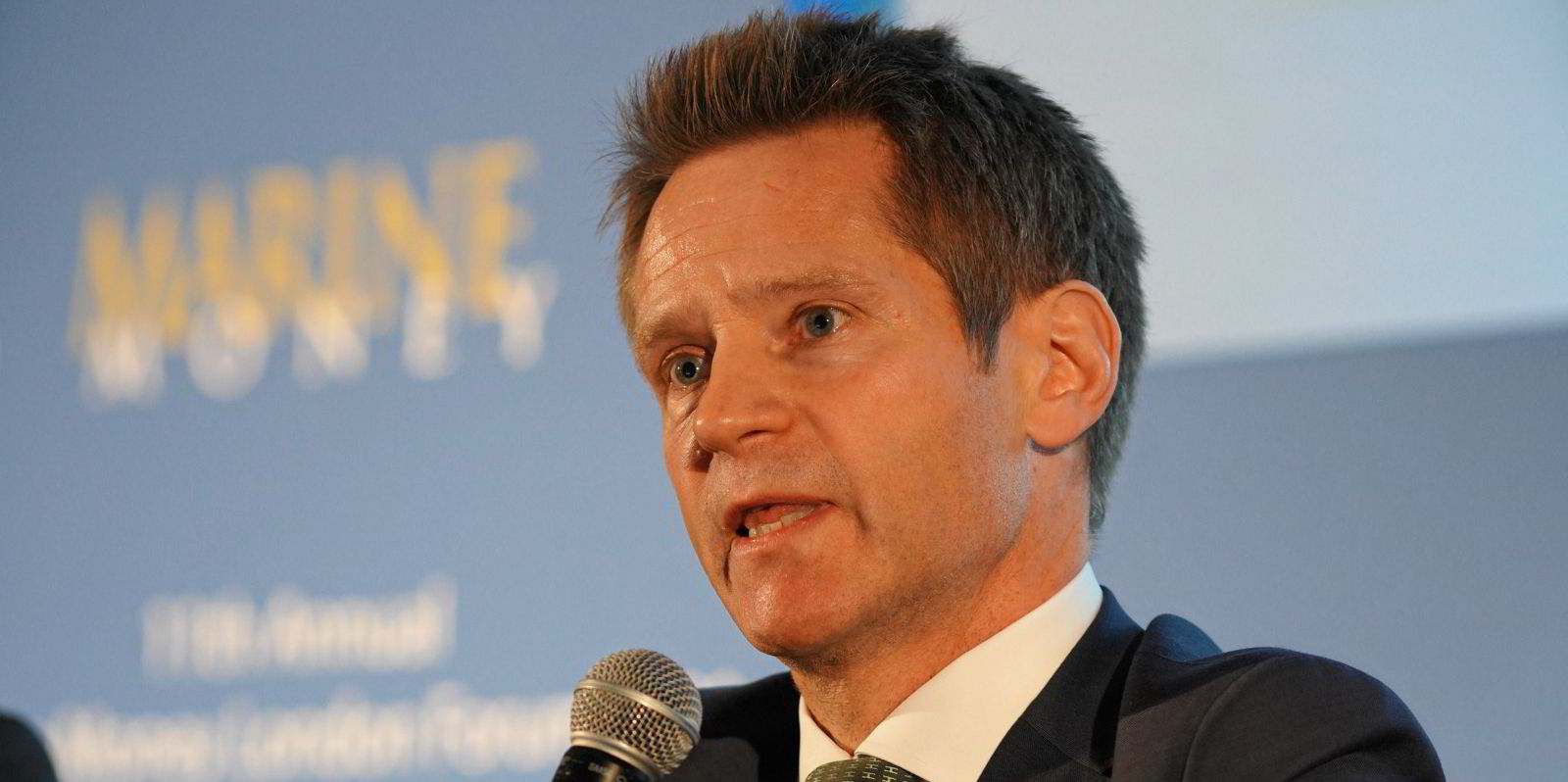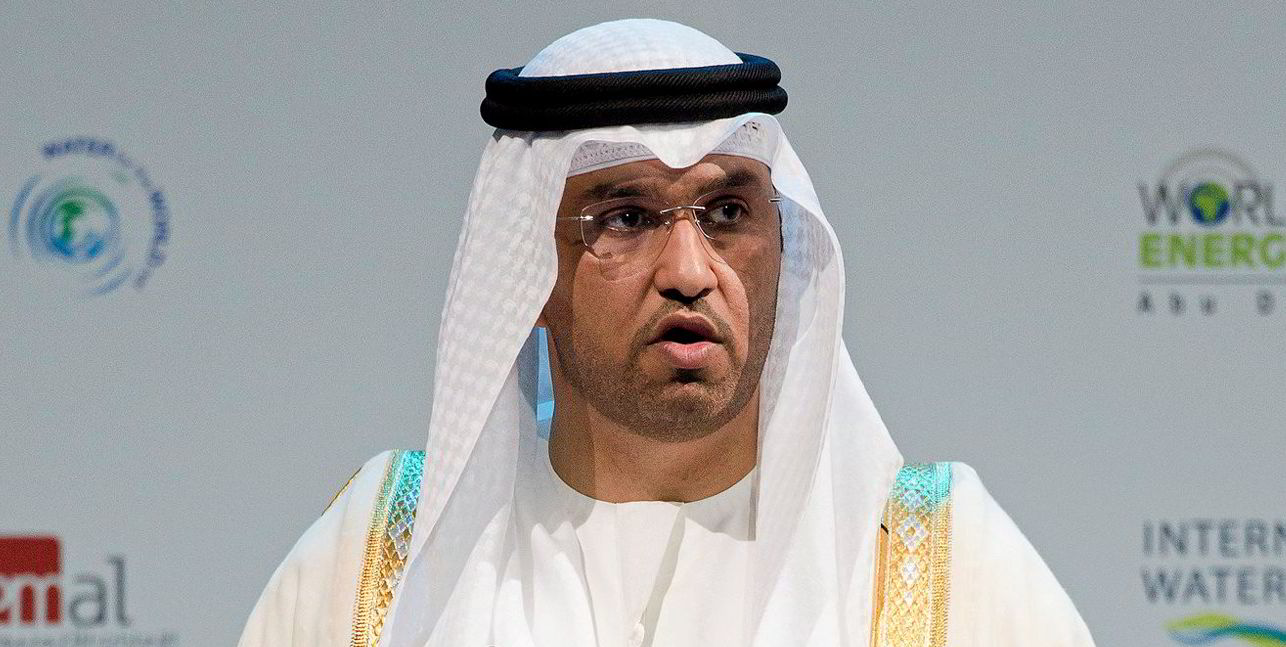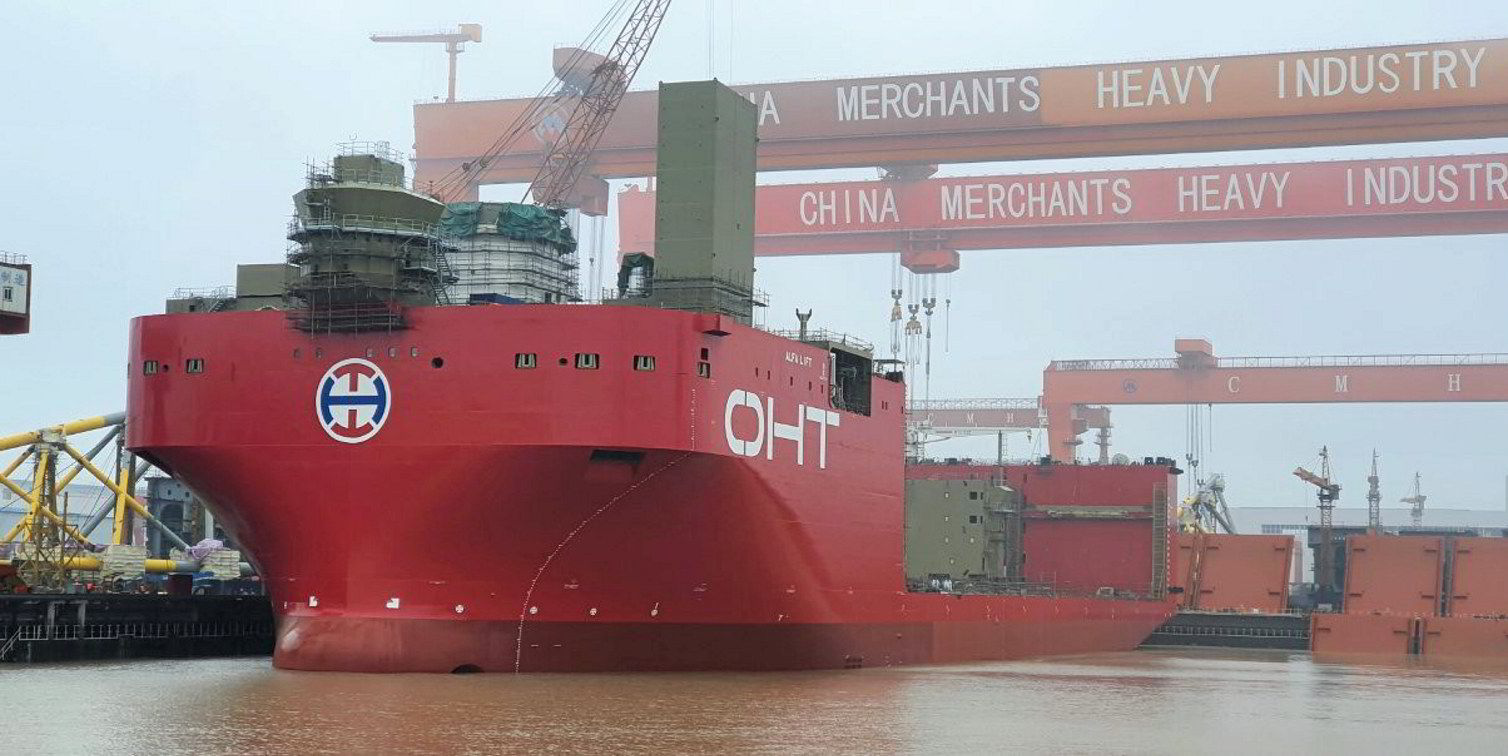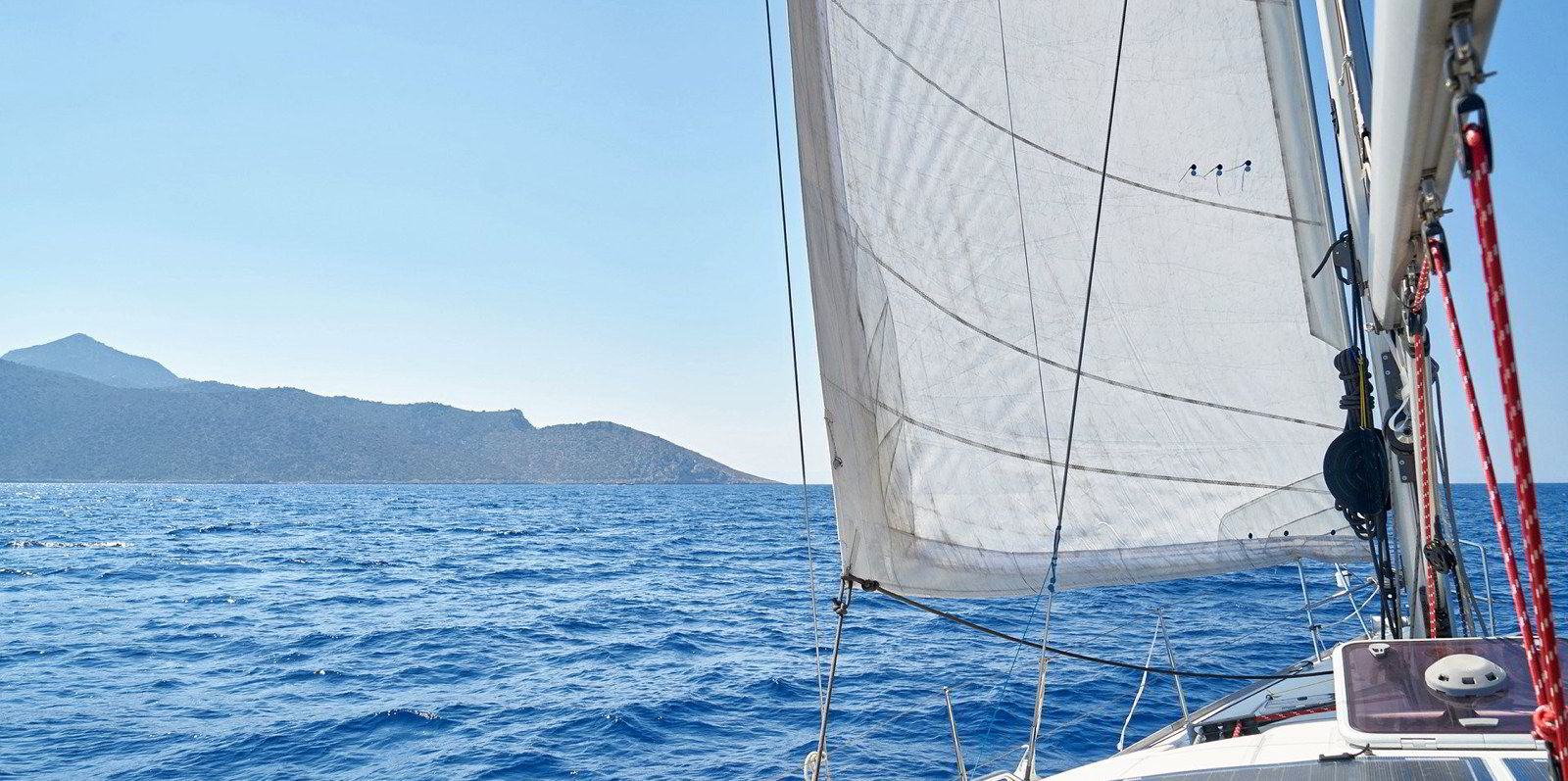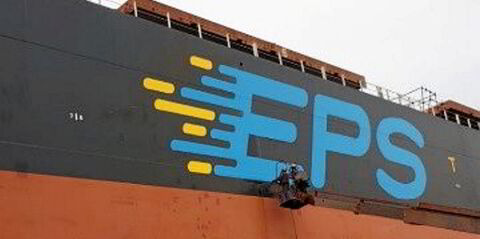Sweden's Stena Bulk has revealed a move into the combination carrier trade with a zero-emission vessel design that could transform shipping.
The company said the InfinityMAX hybrid vessel will carry both dry and wet cargoes in detachable modular compartments. This will include green fuels like ammonia, methane and hydrogen.
Stena Bulk also said the design represents a "paradigm shift" for cargo transport.
The ship was created "in response to the huge challenges that the global shipping industry must overcome in the coming decades", the company added.
"The design envisions a world in which the shipping industry plays a crucial role in supplying the world with renewable energy, chemicals, materials and consumables for its never-ending needs."
A game-changer?
Stena Bulk believes the vessel could be a game-changer in the same way that containerisation was.
Standardised compartments for a range of cargoes will "significantly" streamline the shipping process, the company added.
Each modular cargo unit will be self-sufficient in terms of energy use, with wind turbines and solar panels generating all the electricity needed for internal systems.
They can be dropped off outside ports and picked up by tugs, reducing call times and terminal congestion.
Hydrogen-fuelled
The ship itself will be fuelled by hydrogen and wind turbines. Collapsible wing sails and a sleek "shark skin" hull will also feature.
In addition, the vessel will be "semi-autonomous", with reduced crewing.
"As a result, InfinityMAX has the potential to change the role of on board crew, with less hard labour and more focus on monitoring and interaction with operators ashore," Stena Bulk said.
Depending on technology advancements, the shipowner believes a newbuilding could be ready between 2030 and 2035.
Provocative proposal
The company's chief executive Erik Hanell said: "What we are proposing here is innovative, provocative and would radically reshape the way we think about bulk trade, rationalising two segments with complimentary expertise into one shipping segment that is ready for the challenges of the future."
Hanell said the company will continue to work with its technology partners to make the ship a reality.
Klaveness Combination Carriers already has vessels capable of carrying both wet and dry cargoes.
These achieve carbon emission reductions of up to 40% by reducing the need for back-haul ballasting.
KCC also wants to have a zero-emission ship in operation by 2030.
